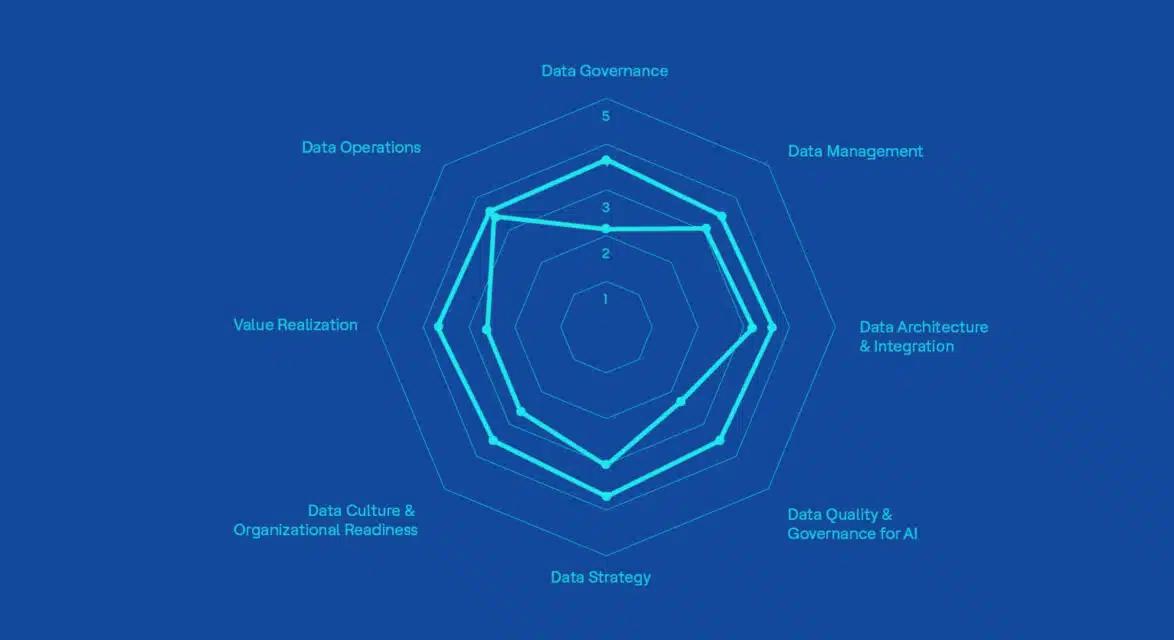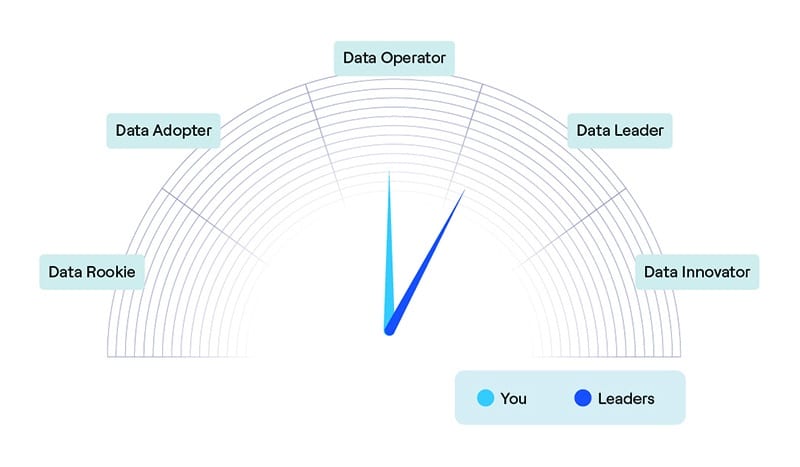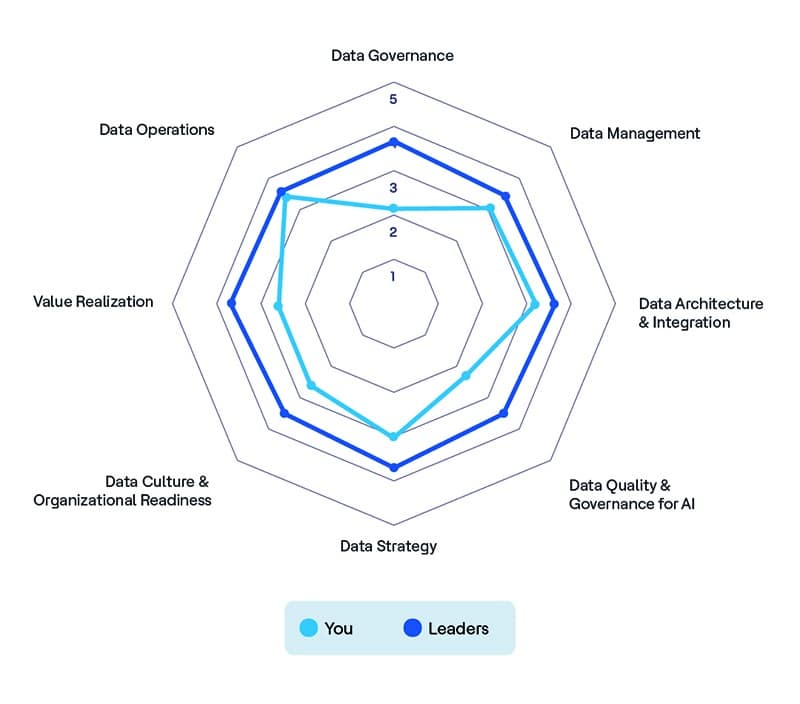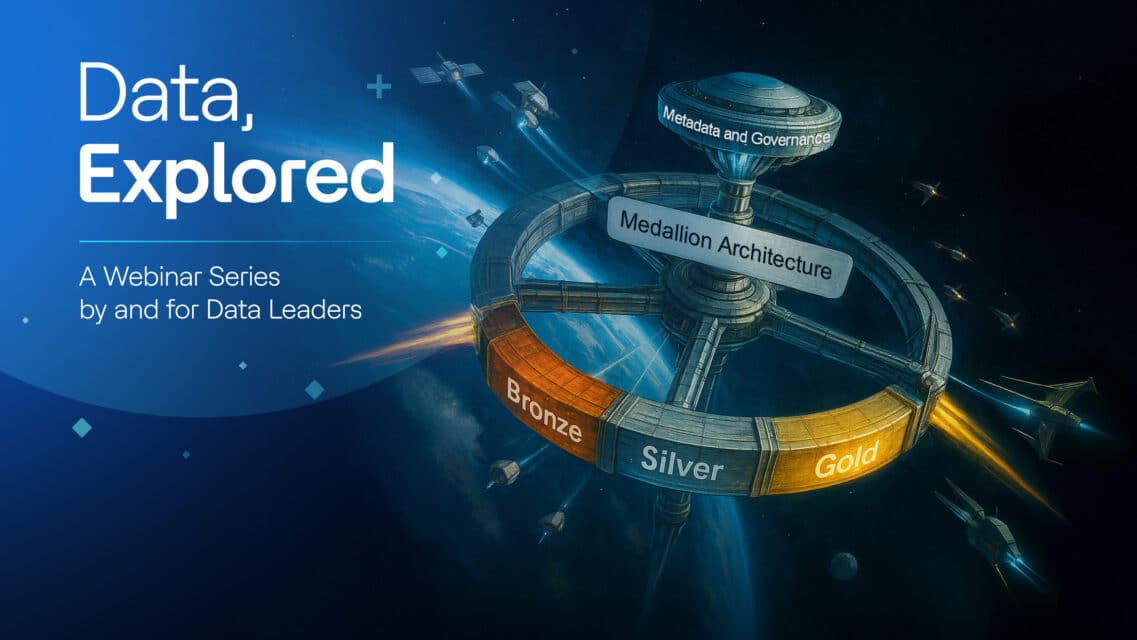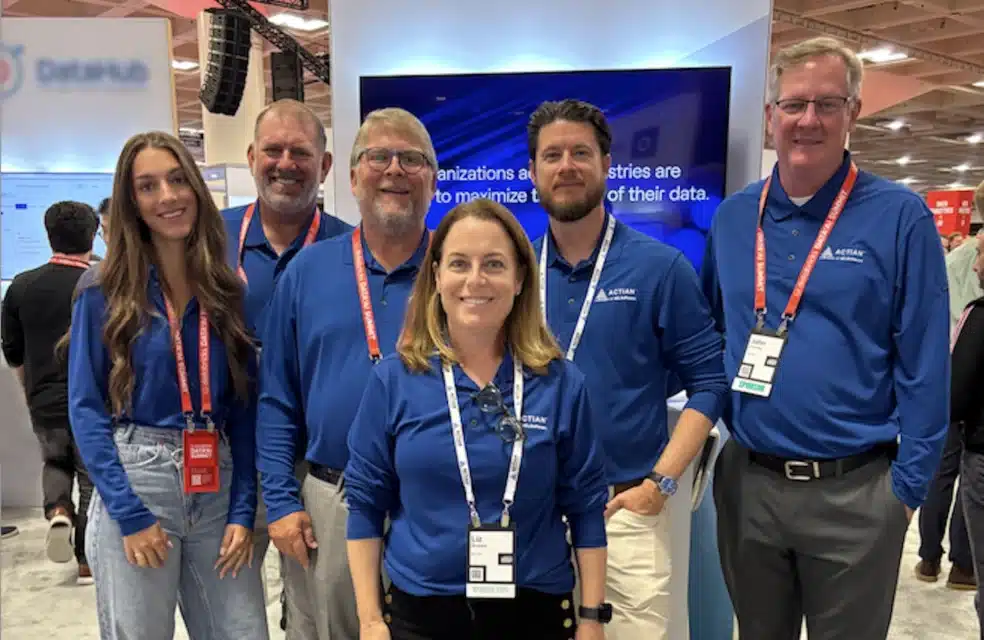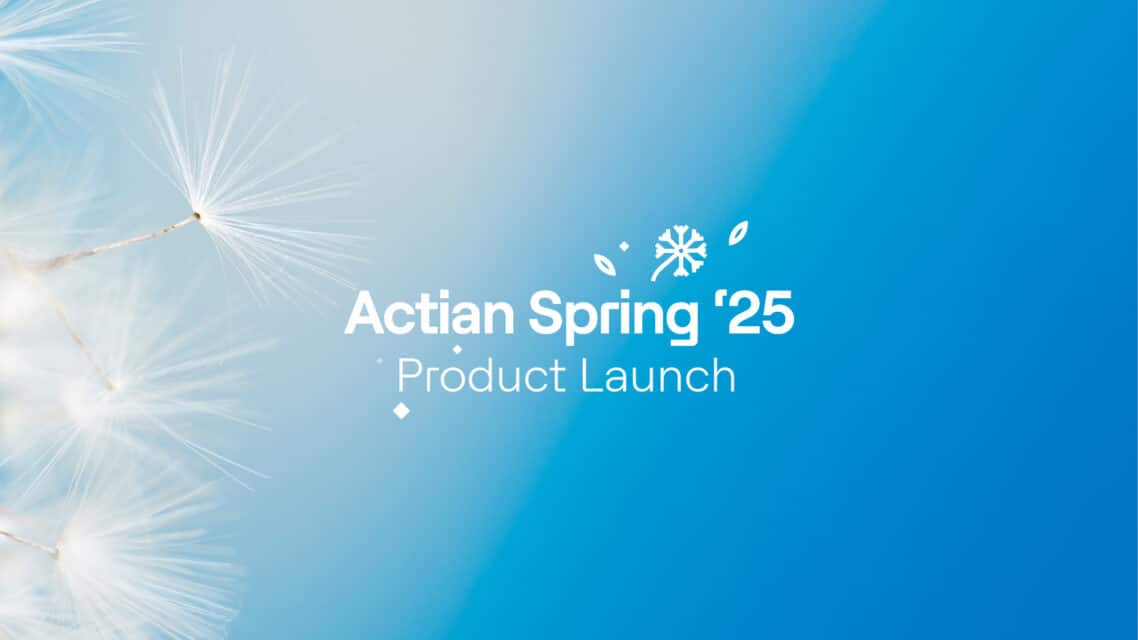Celebrating our Future Leaders: Actian Interns Make an Impact
Actian Corporation
July 31, 2025

In honor of National Internship Day on July 31st, we’re proud to spotlight the incredible contributions of our Actian interns.
At Actian, internships go beyond basic tasks. They offer hands-on experience, professional growth, and opportunities to deliver ongoing business value. Our interns build real-world skills, make meaningful connections, and drive tangible business outcomes.
Whether it’s optimizing product performance, shaping go-to-market strategies, or exploring cutting-edge AI innovations, these interns are tackling projects that matter to the business, customers, and partners.
Get to know these talented individuals who are making a difference today and shaping the future of technology:

Shira Cohen
Majoring in Information Systems and Management at the University of Maryland, Cohen’s internship is focused on supporting and optimizing the web presence for the Actian Data Intelligence Platform.
“My favorite takeaway from my internship at Actian is that even in a remote setting, it’s the people and culture that truly make a work experience great,” Cohen said. “Being surrounded by talented, supportive, and genuinely kind individuals has made a lasting impact, and I’m incredibly grateful for the opportunity to work with such an amazing team.”
What friends and coworkers may not know is how Cohen views the ocean. “The ocean is both my favorite place and my biggest fear,” Cohen shared.

Jack Donahoo
Hailing from Texas Tech University and majoring in Computer Engineering, Donahoo is working on data intelligence during the Actian internship. Like others in the internship program, Donahoo enjoyed the bonding experience during the onboarding process.
“My favorite memory was getting to meet all of the other interns and doing the group activities together, such as the Legos and building skateboards,” Donahoo explained.
Outside of work, Donahoo is racking up airline miles. “I am part German, so I travel to Europe as much as I can,” Donahoo said.

Shatoria Giles
Pursuing a major in Software Engineering in Computer Science at Southern New Hampshire University, Giles is supporting the user interface at Actian and helping drive conversions. One of Giles’ favorite aspects of the internship is centered on an app.
“Getting to work on a large-scale production app is great,” Giles said. “I also got to study while getting paid!”
When not working or studying, Giles attends Sloss Tech meetings and spends time online. “I am active on LinkedIn and have a website I manage called shatoria.org,” Giles explained.

Dawit Girma
A student at the Massachusetts Institute of Technology, Girma is majoring in Computer Science and Engineering. During the Actian internship, Girma is finding ways to use KEDA, a Kubernetes-based component that scales containers, to auto scale an application using RabbitMQ metrics as a trigger.
Bonding with other interns has been a highlight for Girma. “The onboarding week was so fun! I loved meeting the interns and doing activities together in and out of the office,” Girma explained. “Out of all of the activities, painting the skateboards might have been the most fun moment for me!”
Girma may have bragging rights when it comes to a series of basketball video games. “I am very good at NBA 2K, especially the Park mode,” Girma said.

Hardik Kaushik
Actian internships are not limited to the United States. Kaushik studies at the Technical University of Munich with a major in Management and Digital Technology. Kaushik helps give Actian a competitive edge by contributing to market research, battlecard creation, and competitor research.
“I am learning a lot about how to properly conduct market and competitor research based on different variables,” Kaushik related.
People may not know that Kaushik has a unique memory capability. “Though not proven but to some extent I feel I have Hyper Active Selective Memory (HASM),” Kaushik said. “I remember random events from a decade ago, down to minute details for no apparent reason.”

Iyu Lin
Representing the West Coast from the University of California, Berkeley, Lin is majoring in Information Management and Systems. Lin’s internship is exploring how Actian can implement large language models (LLMs) to improve the documentation user experience.
“I’ve been comparing chatbot approaches used by competitors and building prototypes with different LLMs to evaluate their responses,” Lin said.
The support and flexibility throughout the internship have been important. “I’ve had the freedom to try out my ideas, and my mentor always listens and provides thoughtful feedback,” Lin shared. “I’ve also received help and encouragement from people across different teams, which made the experience even more meaningful!”
Those who like boba tea will appreciate Lin’s drink of choice. “I’m a big fan of boba tea,” Lin revealed. “I can happily drink at least one cup a day!”

Sai Kalyan Maram
Majoring in Information Technology at the University of New Hampshire, Maram is working on enhancing the Actian Community search experience. This entails using Coveo Quantic and Lightning Web Components (LWC) within Salesforce.
The project involves integrating AI-powered search and creating relevance-tuned pipelines using machine learning models like CRGA and SE. It also includes redesigning the user interface to improve user engagement.
“My favorite takeaway is how much trust and ownership I was given as an intern. I wasn’t just doing small tasks. I was solving real problems impacting our global users,” Maram said. “One memorable moment was getting recognition from the internal team and Coveo support for diagnosing and resolving a major issue with query redirection. It taught me the value of persistence, communication, and cross-team collaboration.”
Two fun facts about Maram are the use of AI for side projects and a love of traveling. “I’m building an AI-powered platform on the side that helps real estate agents automate lead management and property insights,” Maram noted. “Also, I love long road trips, especially when I’m the one behind the wheel!”
 Kelsey Mulrooney
Kelsey Mulrooney
With a major in Cybersecurity and attending the Rochester Institute of Technology, Mulrooney’s internship focuses on helping Actian deploy a security tool called Armo.
“I’m reviewing findings in Armo to evaluate and create tickets and compliance scripts,” Mulrooney said. “I’m gaining hands-on experience with Argo CD, Kubernetes, and Kubernetes Security.”
One highlight of the internship was meeting others at the Actian office. “My favorite memory is the internship orientation in Round Rock, Texas,” Mulrooney explained. “It’s always great meeting the other interns and kicking off the summer together.”
People may be surprised to know about Mulrooney’s additional skills. “I am a percussionist and a figure skater!” Mulrooney revealed.

Bhoomi Saraogi
Attending New York University with a major in Economics and a minor in Data Science and Marketing, Saraogi is creating and supporting a direct-mail account-based marketing (ABM) campaign as part of the Actian internship.
“I’m working on the design and copy of my really creative and fun campaign idea, and chatting with my manager,” Saraogi said.
Highlights of the internship so far include orientation, bowling with peers in Austin, and being surprised by birthday goodies that Actian sent. One highlight outside of work and school is going on the Formula Rosse rollercoaster at Ferrari World in Abu Dhabi.
“I’ve been on the world’s fastest roller coaster,” Saraogi said.
 Ashmit Thakur
Ashmit Thakur
The Electrical Engineering / Computer Science major at Texas A&M is working on performance and stress testing with Grafana k6, an open-source, developer-friendly, extensible load testing tool.
“One of my favorite memories so far has been the intern dinners we shared after work. It was great to unwind and connect with my fellow interns outside of the office, whether over a meal or during fun activities like bowling,” Thakur explained. “Overall, the entire first week of the internship was an absolute blast and I really appreciate Logan Lou and Rae Coffman-Bueb on Actian’s Employee Experience team for making that happen.”
As a sports enthusiast, Thakur is interested in playing and watching basketball.
“One fun fact about me is that I love basketball and have been playing the sport for a majority of my life,” Thakur noted. “I’m also a huge Houston Rockets fan, so watching the next season of the NBA is definitely going to be a lot of fun.”

Christy Yao
Pursuing a Master’s Degree in Integrated Innovation for Products and Services at Carnegie Mellon University, Yao is optimizing AI during the Actian internship.
“I am working on AI features that deliver a cohesive, intuitive experience through consistent design patterns, engaging interactions, and user-centered functionality,” Yao said.
The work is both rewarding and challenging. “One of my favorite takeaways from this internship is how much I’ve learned by challenging myself on the front lines of evolving AI technology while collaborating with a design-driven team that constantly pushed me to grow.” Yao explained.
Yao has a favorite shopping experience. “I’m a big fan of Trader Joe’s!” Yao shared. “I could probably give a full tour of the store and love introducing every new seasonal item to my friends.”
 Juana Zhang
Juana Zhang
A Brandeis University student majoring in Business Analytics, Zhang is contributing to Actian’s CX user analytics during the internship.
“I gained an in-depth understanding of the platform and conducted an initial user segmentation based on data analysis,” Zhang said. A favorite moment during the internship was working on gifts for kids.
“During the first week, we hand-painted and crafted skateboards to give to children,” Zhang said.
One interesting fact about Zhang is the impressive academic resume. “I completed my three degrees in three different countries,” Zhang said.
Ready to Build a Future at Actian?
At Actian, internships are just the beginning. Whether a college student is looking to experience a unique internship or someone is looking to take the next step in their career, Actian offers opportunities to grow skills, make a difference, and work alongside supportive, innovative teams.
Actian offers an award-winning workplace that values an employee-first culture. Explore current openings and learn more about life at Actian on our Careers page.
Subscribe to the Actian Blog
Subscribe to Actian’s blog to get data insights delivered right to you.
- Stay in the know – Get the latest in data analytics pushed directly to your inbox.
- Never miss a post – You’ll receive automatic email updates to let you know when new posts are live.
- It’s all up to you – Change your delivery preferences to suit your needs.


